
Named after Hermes
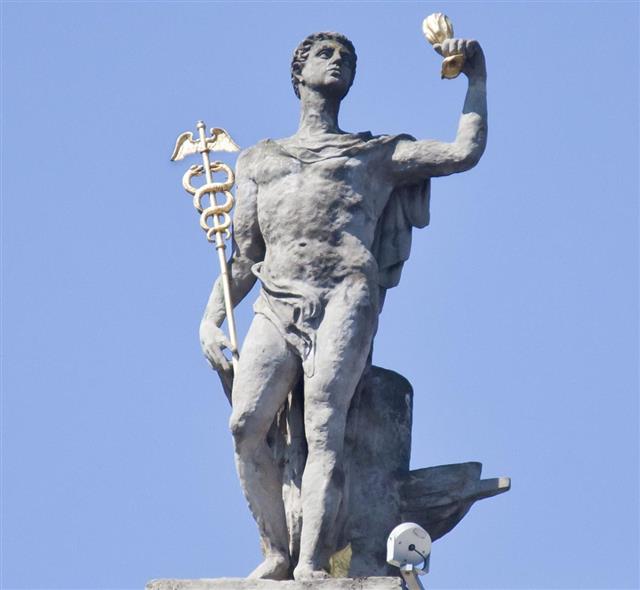 https://www.universetoday.com/66432/how-did-mercury-get-its-name/
https://www.universetoday.com/66432/how-did-mercury-get-its-name/ The planet was named after the Greek god, Hermes, whom the Romans worshiped as well and called Mercury.
Hermes was known for being the messenger of the gods.
One of the Five Original Planets
Mercury was one of the five “original” planets. Along with Venus, Mars, Jupiter, and Saturn, Mercury is visible from Earth with the naked eye. As such, it was mentioned as early as the second millennium BC by the Sumerians; the Babylonians called the planet Nabu.
The first officially recorded observation of the planet was made by a Greek astronomer named Timocharis in 265 BC. The Greeks called the planet Apollo during the day and Hermes during the evening.
The Closest Planet to the Sun
 https://www.universetoday.com/65361/which-of-the-planets-is-closest-to-the-sun/
https://www.universetoday.com/65361/which-of-the-planets-is-closest-to-the-sun/ You already knew this, but we’re going to say it anyway. Mercury has the honor of being the closest planet to the sun.
As a result, t
Smallest Planet in the Solar System
 https://www.skyandtelescope.com/astronomy-resources/smallest-and-largest-planets-in-our-solar-system/
https://www.skyandtelescope.com/astronomy-resources/smallest-and-largest-planets-in-our-solar-system/ Mercury is also the smallest planet in the solar system. It has a diameter of 4,879 kilometers.
For the record, Pluto’s equatorial diameter is just 2,302 kilometers, about half Mercury’s width, but it’s not considered a major planet anymore.
The Second Most Dense Planet
 https://www.universetoday.com/36935/density-of-the-planets/
https://www.universetoday.com/36935/density-of-the-planets/ Despite its very small size, Mercury is very dense. This is because it’s composed mainly of heavy metals and rock.
In fact, Mercury is the second most dense planet in our solar system. The densest planet happens to be Earth.
It Has a Thin Atmosphere
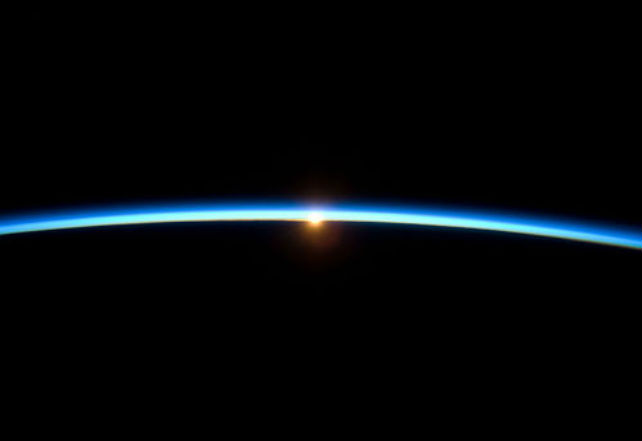 https://en.wikipedia.org/wiki/Atmosphere_of_Mercury
https://en.wikipedia.org/wiki/Atmosphere_of_Mercury You may have heard that Mercury lacks an atmosphere and this is actually what many scientists believed until recently. Truth is that Mercury has an atmosphere; it’s just a very thin one.
The planet’s thin atmosphere is constantly being “blown away” into space by the pressure of sunlight and by the solar wind, so it feels like there’s no atmosphere at all.
Second Hottest Planet
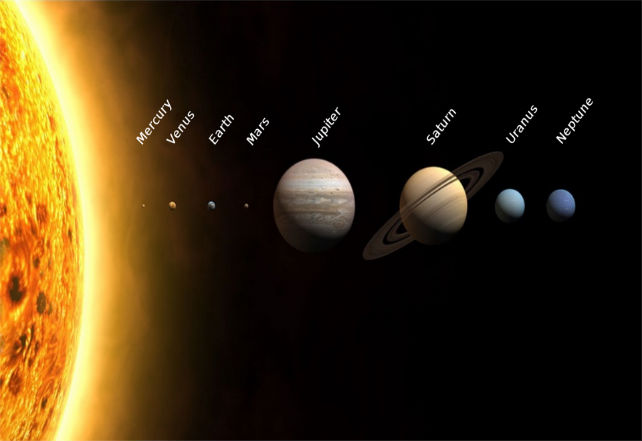 https://www.space.com/18645-mercury-temperature.html
https://www.space.com/18645-mercury-temperature.html Despite Mercury being the closest planet to the sun, it’s only the second hottest planet. (Venus is actually the hottest.)
The temperature on Mercury during the day reaches 840 degrees Fahrenheit (450 degrees Celsius).
Nights Are Super Cold
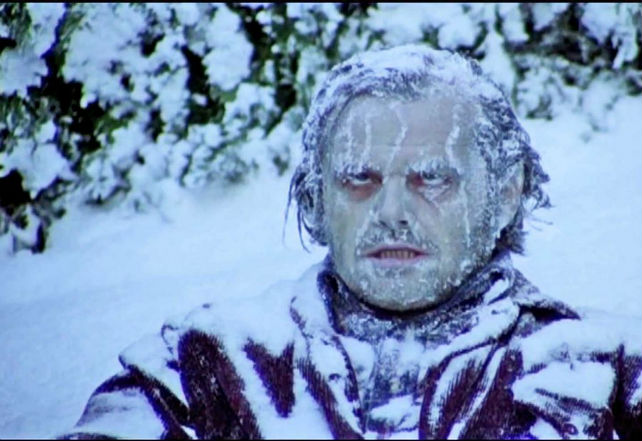 https://www.space.com/18645-mercury-temperature.html
https://www.space.com/18645-mercury-temperature.html Although is very hot during the day on Mercury, things get really cold during the nights there. But how is that possible when this planet’s so close to the sun, right?
The answer is that Mercury loses almost all its heat due to the fact there is almost no atmosphere to keep the warmth on the planet’s surface. The temperature can fall to almost -363 degrees Fahrenheit during the night (-184 degrees Celsius.)
Highest Temperature Swing
 https://sciencing.com/planet-largest-temperature-difference-3781.html
https://sciencing.com/planet-largest-temperature-difference-3781.html The super hot days and very cold nights on Mercury make the planet unique.
The temperature on Mercury’s surface fluctuates more widely than any other planet. It can vary by 1,168 degrees Fahrenheit (649 degrees Celsius) during the day.
It Has Weak Gravity
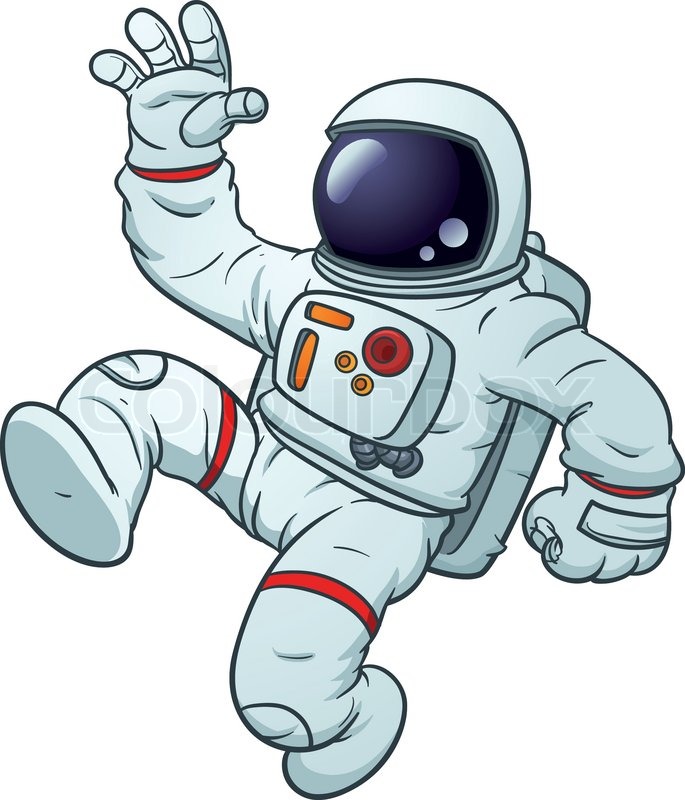 https://www.universetoday.com/35565/gravity-on-other-planets/
https://www.universetoday.com/35565/gravity-on-other-planets/ As mentioned in the previous point, since Mercury has less mass than Earth, the gravity on Mercury is less than it is on Earth.
To get a better idea, the surface gravity on Mercury is only about 38% of the surface gravity on Earth.
Humans Weigh Less on Mercury
Due to the reduced gravity, if you weigh roughly 200 pounds on our planet, you would weigh 76 pounds on Mercury.
Anyone trying to diet or struggling with your weight, you know the right place to go now.
No Moons for Mercury
 https://www.universetoday.com/14335/how-many-moons-does-mercury-have/
https://www.universetoday.com/14335/how-many-moons-does-mercury-have/ Along with Venus, Mercury is the only other planet of our solar system that has no moons at all.
Sorry folks, but Mercury’s not your ideal destination if you’re into romantic nights and kisses in the moonlight.
It Has "Wrinkles"
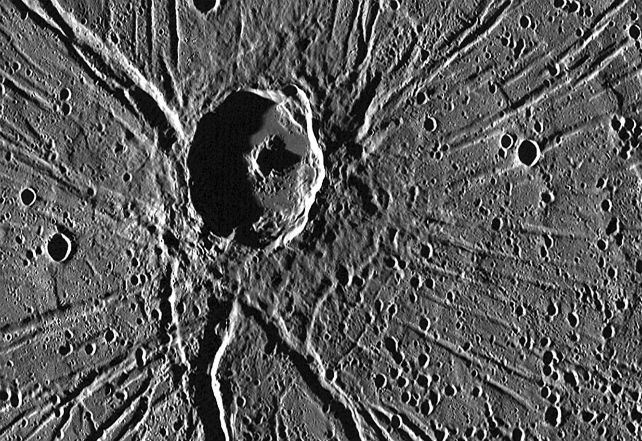 https://www.nasa.gov/image-feature/wrinkles-on-mercury/
https://www.nasa.gov/image-feature/wrinkles-on-mercury/ Mercury may not have any moons and rings, but it has wrinkles. According to NASA experts, wrinkle ridges on the surface of the planet were caused by the shrinking of the surface following the cooling and shrinking of the core of the planet.
As the core kept cooling and shrinking, the surface was forced to shrink as well, developing “wrinkles” scattered across the planet.
Lots of Craters
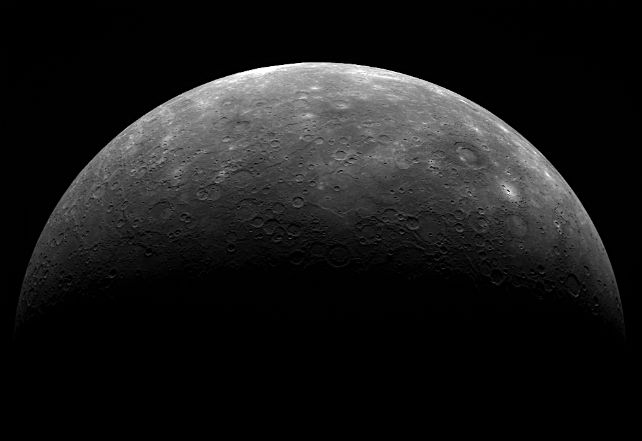 https://en.wikipedia.org/wiki/List_of_craters_on_Mercury
https://en.wikipedia.org/wiki/List_of_craters_on_Mercury Astronomers have suggested that Mercury may be the planet with the most craters in our solar system. On a planet like Earth or Mars, we do not see as many craters; most of them have been eroded by wind, rain, volcanic activity, and other natural phenomena.
The almost non-existent atmosphere on Mercury, though, means that there is also no weather to erode the craters. As a result, the planet is full of them.
Only Two Visits to Mercury
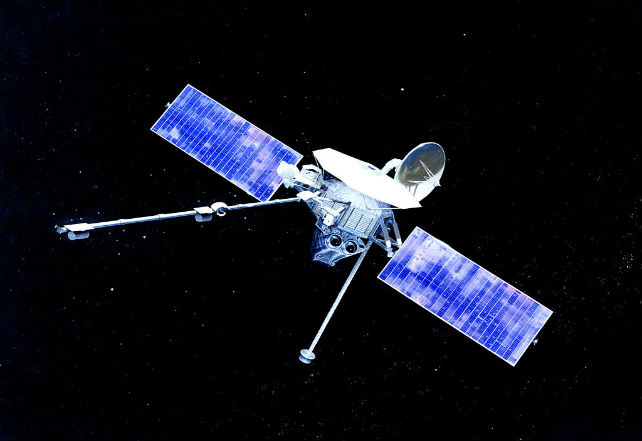 https://en.wikipedia.org/wiki/Exploration_of_Mercury
https://en.wikipedia.org/wiki/Exploration_of_Mercury Only two spacecraft have visited Mercury so far: NASA’s Mariner 10 and Messenger. Mariner 10 was a flyby mission and provided the first real images of the planet during three passes in 1974 and 1975.
Messenger also made flybys before studying the planet from an orbit, between 2011 and 2015.
An Eccentric Orbit
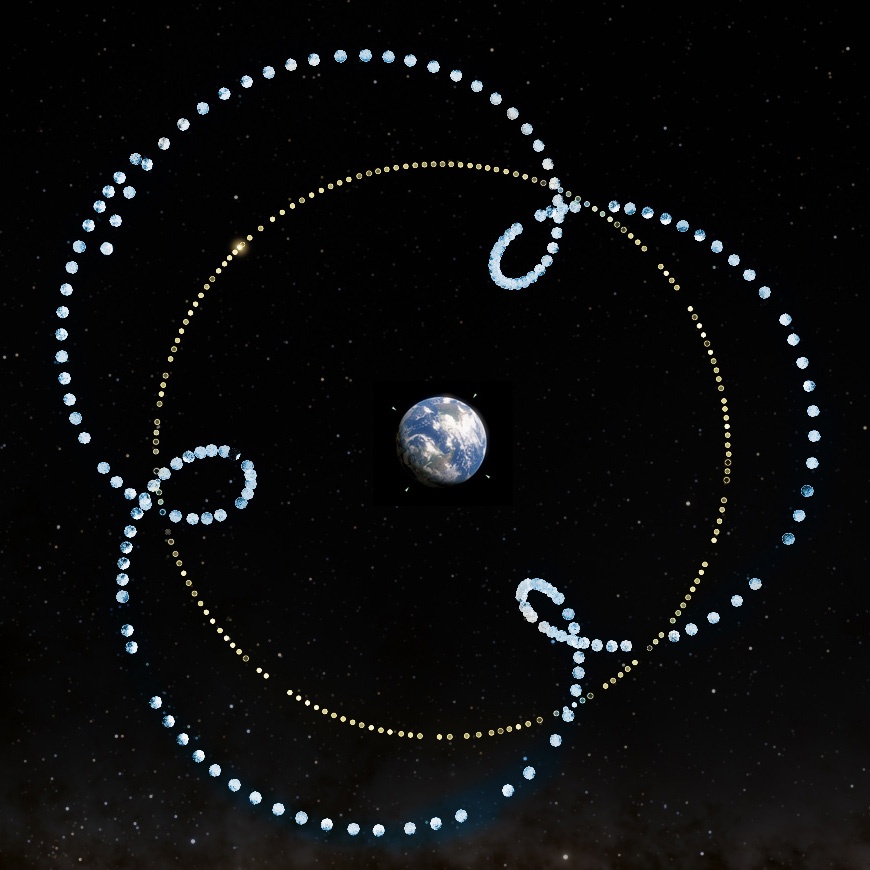 https://medium.com/@GatotSoedarto/what-causes-mercurys-orbit-is-the-most-eccentric-67bcc1d7e6c
https://medium.com/@GatotSoedarto/what-causes-mercurys-orbit-is-the-most-eccentric-67bcc1d7e6c Mercury is the planet with the most eccentric orbit in the solar system. What is an eccentric orbit, you ask? The eccentricity of an astronomical object is a parameter that determines the amount by which its orbit around another body deviates from a perfect circle.
Interestingly, its eccentricity is not all that impressive compared to those of dwarf planets and some known extra-solar planets. Pluto, for example, has a more eccentric orbit than Mercury, but it’s not considered a “real” planet anymore.
A Crazy Fast Orbit
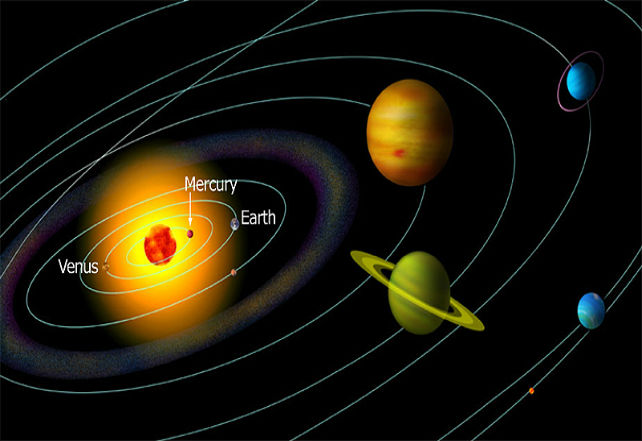 https://en.wikipedia.org/wiki/Mercury_(planet)
https://en.wikipedia.org/wiki/Mercury_(planet) What’s even more impressive about Mercury’s orbit is its incredible speed.
It is the fastest planet in our solar system, with an average speed of about 105 miles (170 kilometers) per hour.
A Year of 88 Days
 https://www.universetoday.com/14334/how-long-is-a-year-on-mercury-1/
https://www.universetoday.com/14334/how-long-is-a-year-on-mercury-1/ Because of its crazy speed, Mercury circles the sun in only 88 Earth days.
Comparatively, our planet needs 365 days to do the same. (If you lived on Mercury, you would only have about three months to complete all your New Year’s resolutions!)
Sorry, No Vulcan
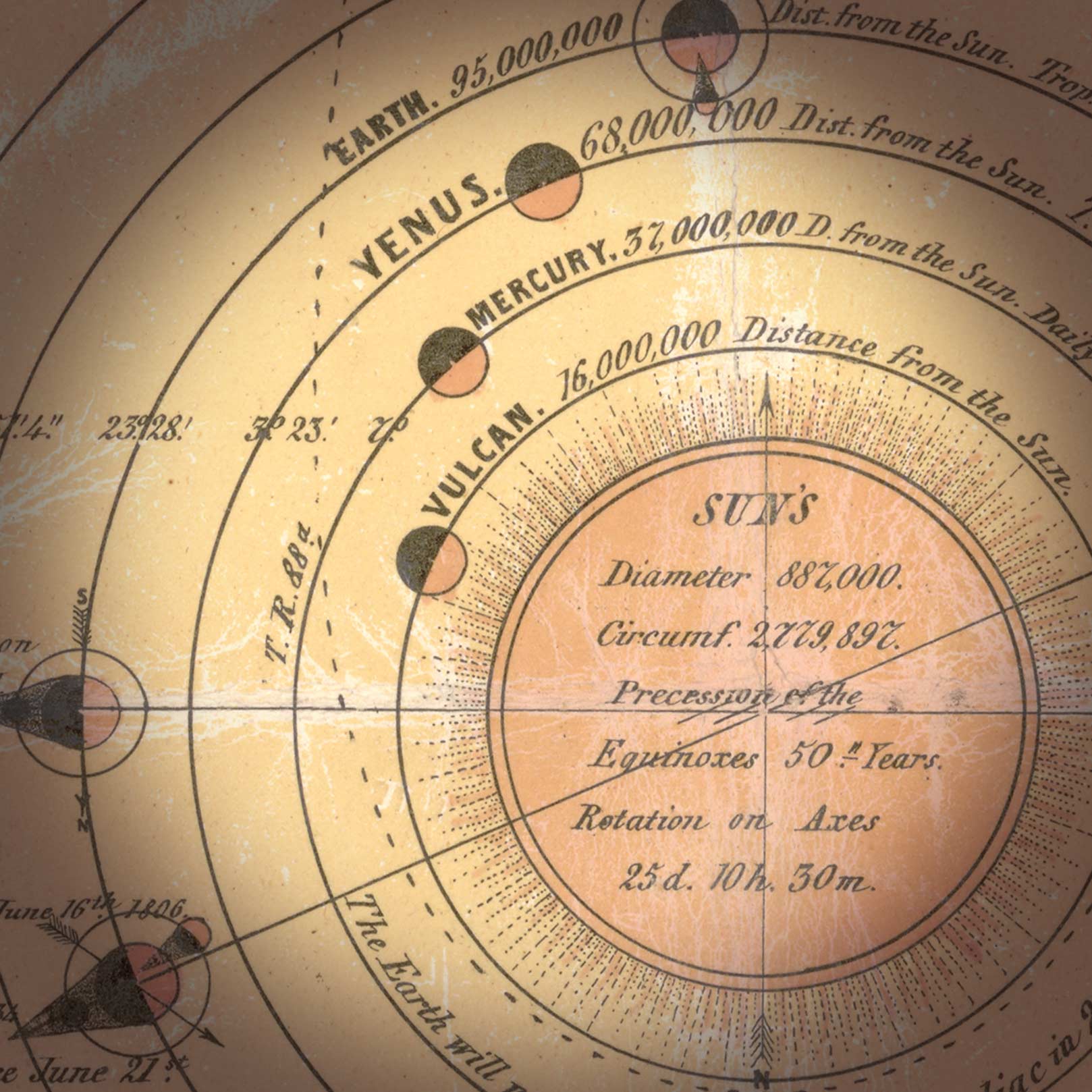 https://en.wikipedia.org/wiki/Vulcan_(hypothetical_planet)
https://en.wikipedia.org/wiki/Vulcan_(hypothetical_planet) It was once widely accepted by most astronomers that a planet named Vulcan existed between the orbit of Mercury and the sun.
However, the existence of such a planet was never confirmed.
Ice on Planet Mercury
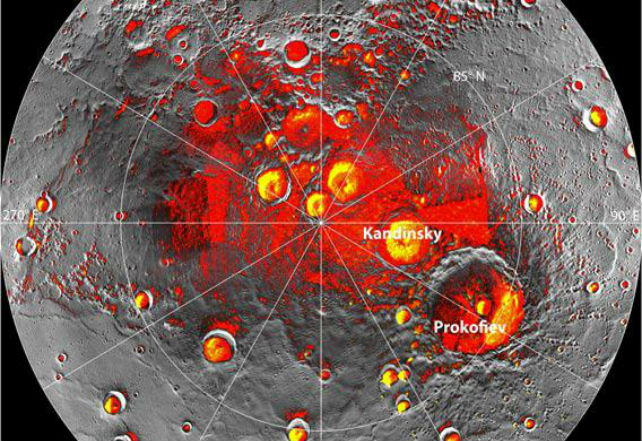 https://www.space.com/18695-water-ice-mercury-explained-infographic.html
https://www.space.com/18695-water-ice-mercury-explained-infographic.html Despite being so close to the sun, images from the Messenger have shown that the planet’s north and south poles
A Large, Liquid Core
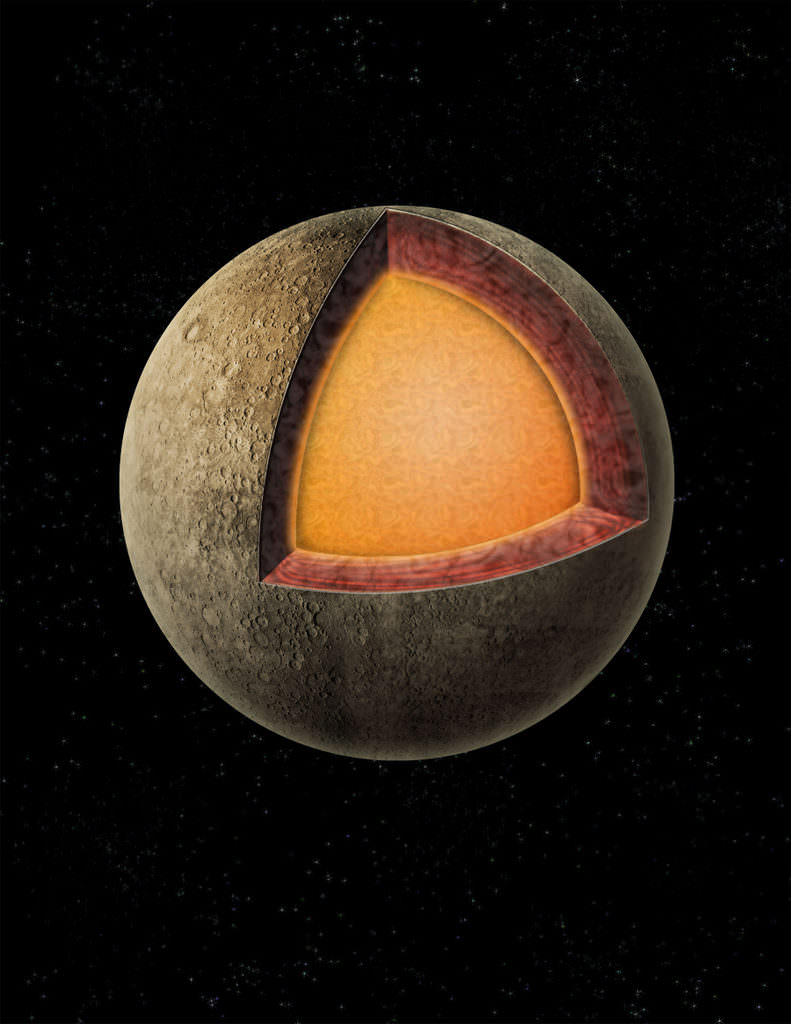 https://www.sciencenews.org/article/mercury-has-massive-solid-inner-core
https://www.sciencenews.org/article/mercury-has-massive-solid-inner-core With a radius of 1,100 to 1,200 miles, the core in Mercury makes up about 85 percent of the planet’s radius. Radar images taken from Earth revealed that the core is molten liquid rather than solid.
Additionally, Mercury’s core has more iron than any other planet in the solar system.
A Weak Magnetic Field
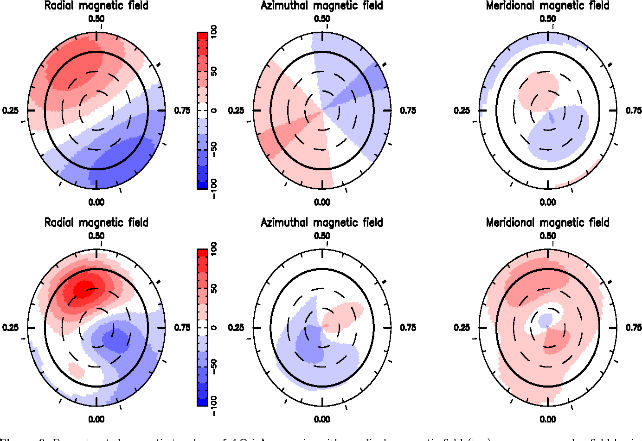 https://en.wikipedia.org/wiki/Mercury%27s_magnetic_field
https://en.wikipedia.org/wiki/Mercury%27s_magnetic_field The Mariner 10 spacecraft observed the magnetic field of Mercury and its magnetosphere in March of 1974 and again in March of 1975.
The spacecraft determined the field’s strength to be 1.1% that of Earth’s magnetic field. When Messenger was launched to Mercury back in 2004, we discovered that Mercury’s magnetic field might have once been much stronger than it is now.
What happened to change this? No one knows.
Mercury Has a "Tail"
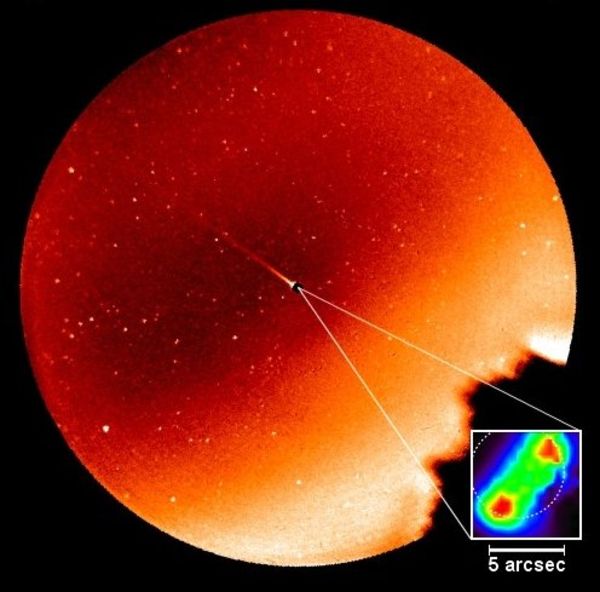 https://www.abc.net.au/science/articles/2008/03/03/2178111.htm
https://www.abc.net.au/science/articles/2008/03/03/2178111.htm Mercury’s gravity is too weak to hold a thick or permanent atmosphere.
When atoms evaporate from the planet’s surface due to solar photons or other processes, some of these atoms form a tail that points away from the sun.
A Day on Mercury
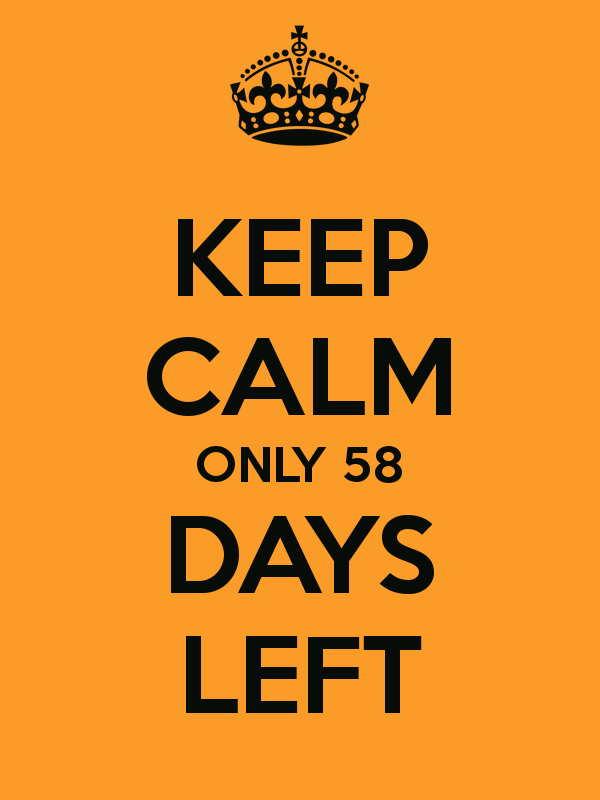 https://www.universetoday.com/47834/length-of-day-on-mercury/
https://www.universetoday.com/47834/length-of-day-on-mercury/ A single day on Mercury lasts about 58 Earth days.
Due to its fast orbital velocity and slow sidereal rotation, the time it takes for the sun to return to the same place in the sky is actually 176 Earth days.
The Caloris Basin
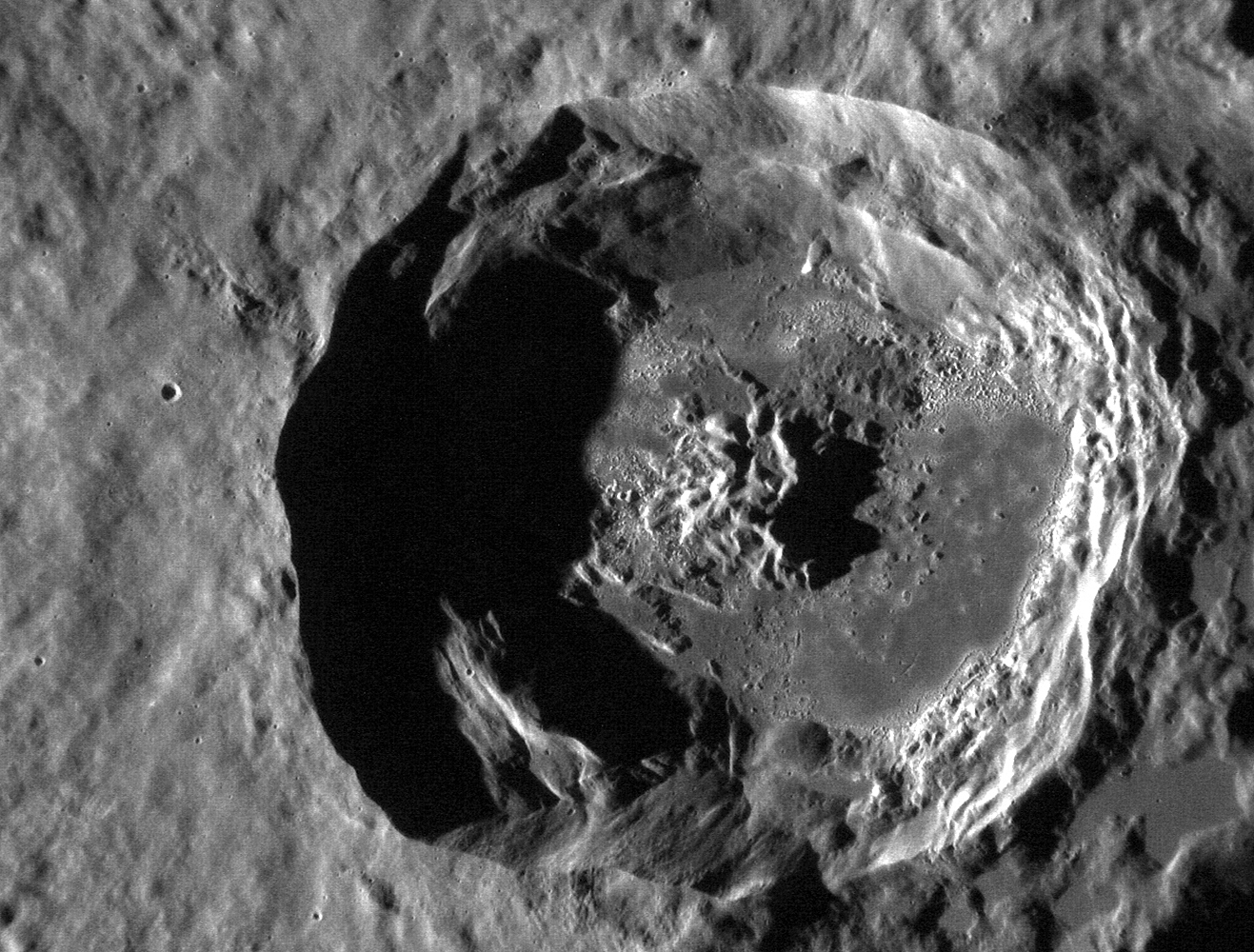 https://en.wikipedia.org/wiki/Caloris_Planitia
https://en.wikipedia.org/wiki/Caloris_Planitia



























